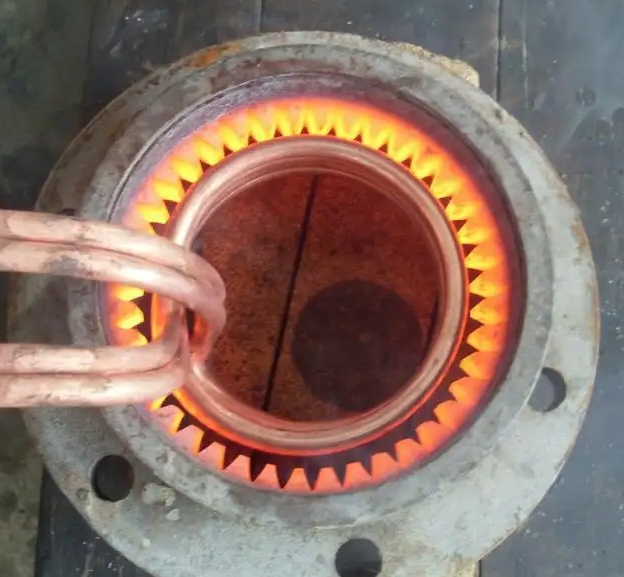- 25
- Jul
Precautions for quenching with high frequency heating machine
- 25
- Jul
Precautions for quenching with high frequency heating machine
1. Cooling method
The cooling method of high-frequency heating machine quenching is determined by comprehensive consideration of the following factors: according to the steel material, the method of induction heating, the shape and size of the parts, etc. Commonly used cooling methods are: spray, immersion.
Jet cooling: parts made of alloy steel;
Immersion Cooling: Parts made from low alloy and carbon steels.
2. Frequency
The frequency of the high-frequency quenching machine required by different heating processes is also different, but if the frequency we choose is not enough to meet the heating requirements, such as uneven heating, slow heating time, low work efficiency, and the temperature fails to meet the requirements, then It is easy to cause damage to the workpiece.
3. Heating temperature
The suitable heating temperature of the high frequency quenching machine is related to the heating rate, chemical composition and original microstructure of the steel.
Fourth, the technical requirements of parts
The technical requirements of surface quenched parts include: hardened zone distribution, quenched layer structure, quenched layer depth, surface hardness, etc.
5. Heating method and process operation
1. Simultaneous heating method
The advantages of the simultaneous heating method: In order to improve the production efficiency when mass-producing products, this method can be used. Reason: The heated surfaces are co-heated at the same time, and the entire part of the part that needs to be heated is surrounded by the inductor.
2. Continuous heating method
This is beneficial to expand the application range of the high-frequency quenching machine, the continuous heating productivity is low, but the heating area is reduced, and the power of the high-frequency heating machine is allowed to be reduced (cooling and heating are continuous).

